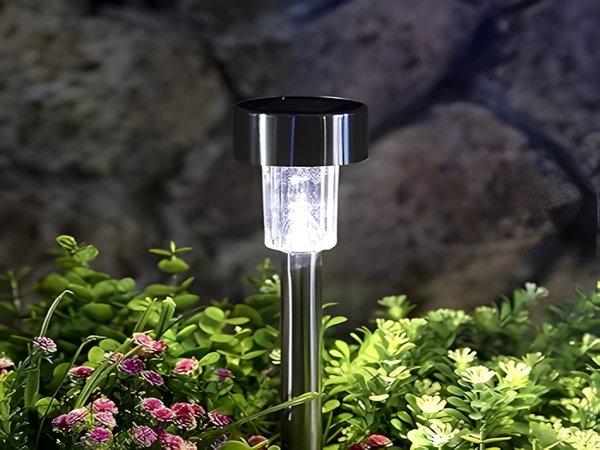
Solar street lights utilize solar energy to power the lights. During the day, solar street lights absorb solar energy, converting it into electrical energy and storing it in batteries. At night, the stored energy is discharged from the batteries to power the lighting. With the arrival of the rainy season in many regions by June, the advantages of solar energy become apparent as solar street lights can still function during cloudy and rainy days. But how can solar street lights operate in such weather? This article will provide an explanation.
Generally, most manufacturers set the default number of rainy days for solar street lights at three days, while integrated solar street lights can operate for a longer duration, typically from five to seven days. This means that within the specified number of days, even if solar energy cannot be replenished, the lights can still function normally. However, if the rainy days exceed this limit, the solar street lights will cease to operate.
The reason solar street lights can continue to work during overcast weather is that a portion of electrical energy is stored in the batteries. In the absence of solar energy conversion, they can operate for a certain period of time. However, once the stored energy is depleted without any solar energy replenishment, the solar street lights will stop functioning.
During cloudy weather, solar street lights have self-regulating systems that can adapt to such conditions, allowing them to collect energy based on the available solar radiation. At night, they can illuminate the surroundings, which explains why many places choose to install solar street lights. They hope to find effective lighting solutions, making this a key feature of solar street lights.

The photovoltaic components and batteries of solar street lights determine their operational capacity during rainy days, significantly influencing the selection criteria when purchasing solar street lights. If your area experiences high humidity and frequent rainy days, it’s advisable to choose solar street lights designed to withstand more rainy days.

This concludes our discussion on why solar lights can function during rainy days. Additionally, when selecting solar street lights, users should consider the local climate conditions. If prolonged rainy days are common, opting for lights with a higher rainy day capacity is recommended.



